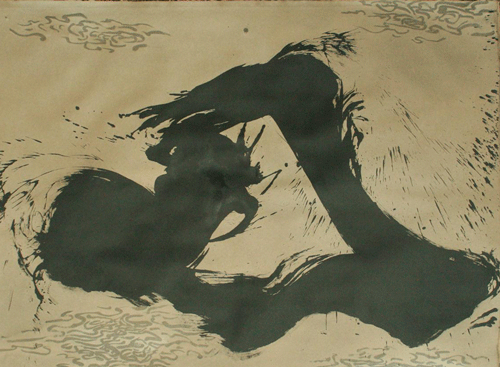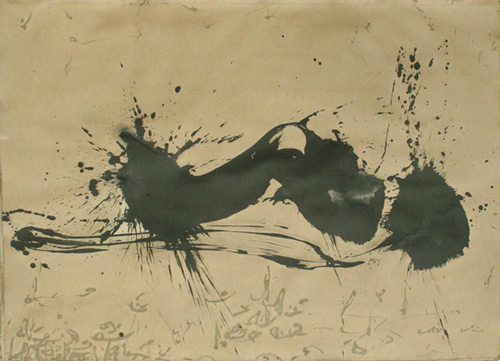Contemporary Ink Art Evolution



Westwind Eastwater. Ink & Coffee on paper. 170x 124cm(each). 2008
For Immediate Release
Art Next Gallery is proud to welcome the traveling exhibition “Contemporary Ink Art Evolution,” a survey of recent work (2000-08) by seven prominent artists who employ the materials and techniques of traditional Chinese ink-painting in new and invigorating ways.
Most familiar to Western viewers is Xu Bing, a 1999 MacArthur Award winner and now Vice Chairman at the Central Academy of Fine Arts in Beijing. Xu’s experiments with pseudo-characters and word-picture fusions are internationally esteemed. Qin Feng, who also exhibits globally, is known for his large-scale gestural works, sometimes created in multi-participant live performances. Wang Tiande routinely challenges convention by creating “traditional” images using extremely unorthodox means, such as clothing, cigarettes burns, and piles of ash. A founder of one of the first post-Mao avant-garde groups in China, Qiu Deshu is today widely admired for his distinctive “fissure” paintings. Taiwan-based artist Liu Kuo-sung, sometimes referred to as the “father of contemporary ink works,” wields great influence both through his work and through his many philosophically rich critical writings. Hsiao Chin, whose paintings feature large fields of bright color, has lived and worked (and occasionally initiated artistic movements) in Taiwan, Italy, and the United States; his pieces have been collected by over 40 museums worldwide. A graduate of the famous Sichuan Academy of Fine Arts, Lan Zhenghui, currently residing in Toronto, produces dark, tumultuous abstract works that commentators frequently describe as “heavy” and “powerful.”
Ink painting, once seen as a conservative practice addressed exclusively to Eastern audiences, has recently emerged as a highly contested area of contemporary art. In the last two years alone, perception of the genre has been radically altered—for Chinese and Western viewers alike—by such eye-opening group exhibitions as “Reboot”: the 2007 Chengdu Biennale; a National Art Museum of China survey sent to Germany in 2008; and “The Harvest of Springtime Blossoms: Selections from the Shanghai Chinese Painting Academy,” 2008, at the Chelsea Art Museum in New York.
“Contemporary Ink Art Evolution,” organized by Ping Jie, curator of the REC Foundation in New York, has already appeared in a larger version at the Museum of Contemporary Art, Beijing, and RAAB Galerie, Bonn. The show will continue its tour at the Fairbank Center for Chinese Studies, Harvard University, and the National Dr. Sun Yat-sen Memorial Hall, Taipei.